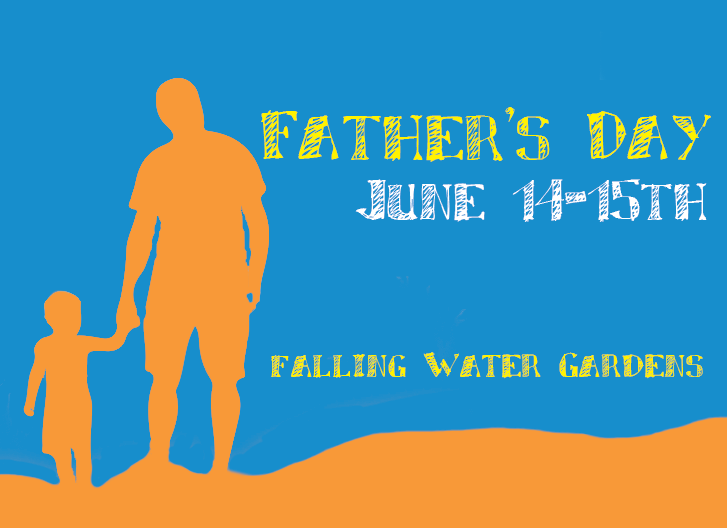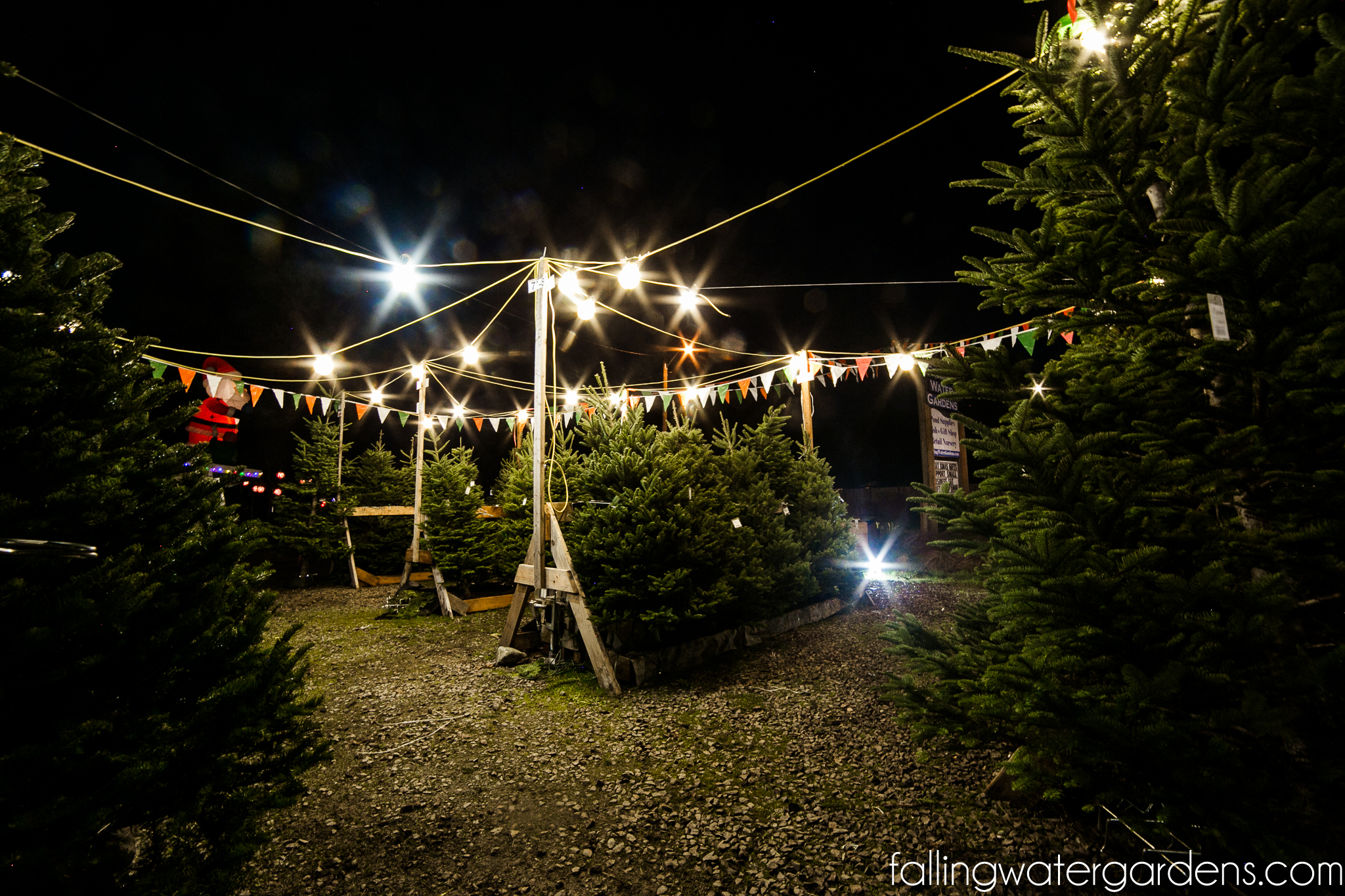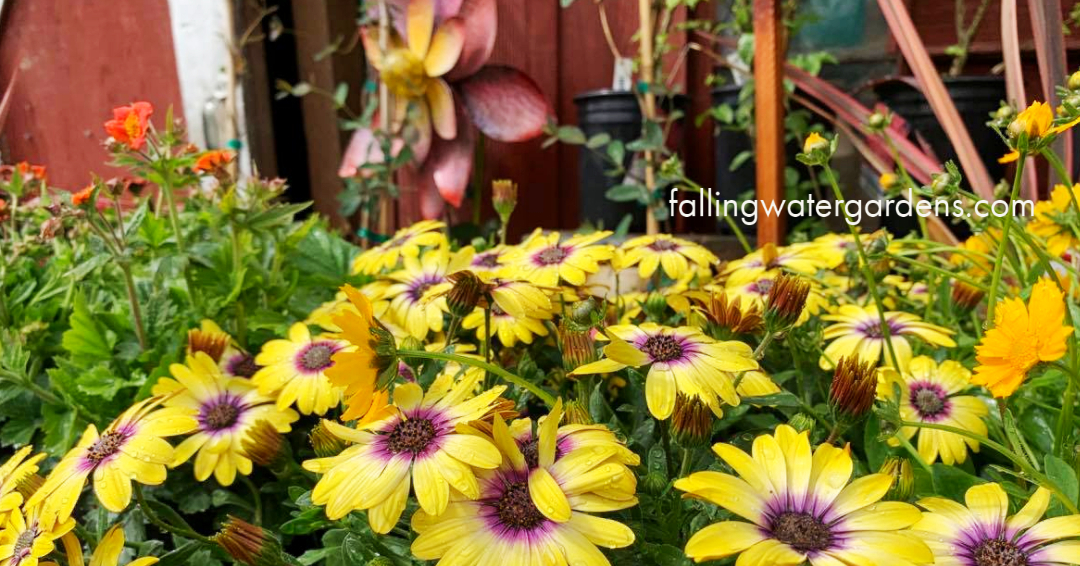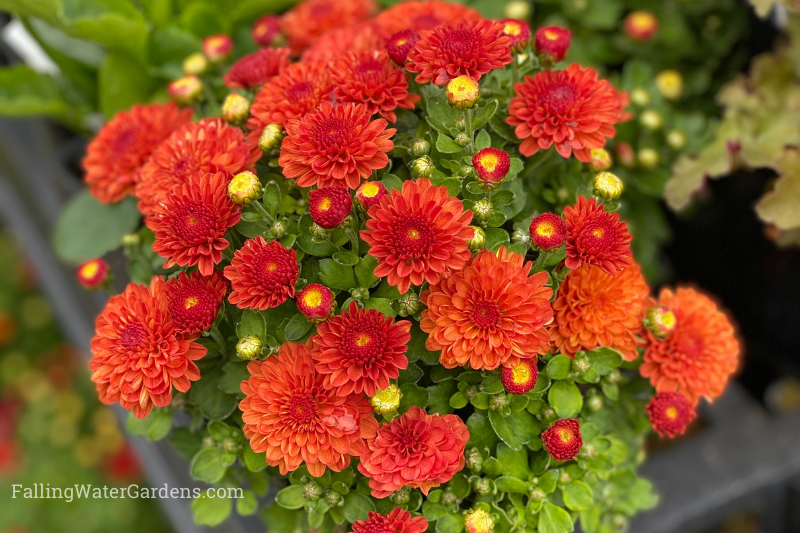How-To
Two things that could happen to you and your pond right now:
Problems with ammonia: Ammonia is the most toxic condition that can happen to your fish in their pond. Causes of high ammonia are:
Ammonia is the most toxic condition that can happen to your fish in their pond. Causes of high ammonia are:
- An overstocked pond
- Overfeeding your fish
- An improperly functioning biological filter
- No biological filter at all
Every time a fish breathes he creates ammonia, just like when you breath you create carbon dioxide. Other contributors to high ammonia levels are excess fish waste from overfeeding and excess food and plant material decomposing in the pond.
A large pond with only a few fish can deal with the ammonia that is created because it is changed through a chemical/biological system into “fertilizer” that the plants in your pond can use and thus eliminating the ammonia from the pond.
In small ponds or ponds with a lot of fish we add a piece of equipment called a biological or bead filter. We grow beneficial bacteria on the filter media that happens to love to eat ammonia. The bacteria and the fish live happily together both taking care of the other.  Every winter most of the bacteria dies so every spring we suggest “seeding” our biological filter by adding beneficial bacteria to the pond.
Every winter most of the bacteria dies so every spring we suggest “seeding” our biological filter by adding beneficial bacteria to the pond.
Falling Water Gardens sells several varieties of beneficial bacteria for you to use. You typically add the bacteria to the pond and it is pumped through your filter and then starts growing in the filter. We suggest adding the bacteria three times in a row with three to seven days between applications.
It is imperative that you unplug your UV sterilizer, if you have one, during the time you are trying to seed the filter. That’s because the UV kills both algae and bacteria, which we are trying to get to grow in our filter. Once the bacteria is growing in the filter we can plug the UV sterilizer back in.
What are the signs of high ammonia? Fish gasping for air at the surface and acting irregularly.
How do we test for high ammonia? With an ammonia test kit purchased from Falling Water Gardens.
What do we do when we have a high ammonia situation?
- Immediately change 1/3rd to ½ of the water in the pond to dilute the ammonia. When you do this drastic of a water change you must add de-chlorinator to the water or you will burn the gills of your fish causing irreparable damage. That’s why you should always have a bottle of de-chlorinator on the shelf for emergencies.
- Stop feeding your fish immediately until you can rectify the ammonia situation. feeding your fish means more fish waste that adds to the problem.
- Figure out if your filter is dirty or if it wasn’t seeded properly in the spring.
- Add a filter if you don’t have one. Falling Water Gardens sells many high quality bead/biological filters.
- Cull out the least desirable fish in your pond to get the stocking level to one the pond can support.
My fish are pushing and bumping each other, it looks like they are almost fighting, what’s going on?
This is common spawning behavior. When the water warms up the fish get frisky. The males will follow the female fish around bumping and pushing her to encourage her to drop her eggs. The males are all competing to be the one at the front and it can get rough. Fish have been known to be pushed right out of the pond during this time.
 What can you do if you find a fish out of the pond? If he’s still moving pick him up and put him back in the pond and keep an eye on him. If he’s not moving but he is still soft and slimy he might not have been there very long and you can sometimes put him back in the pond and holding his tail pull him backwards through the water. This is similar to mouth to mouth resuscitation in that it forces water across his gills and can sometimes bring a fish back from the brink.
What can you do if you find a fish out of the pond? If he’s still moving pick him up and put him back in the pond and keep an eye on him. If he’s not moving but he is still soft and slimy he might not have been there very long and you can sometimes put him back in the pond and holding his tail pull him backwards through the water. This is similar to mouth to mouth resuscitation in that it forces water across his gills and can sometimes bring a fish back from the brink.
How-To video: Pond Cleaning 101. It covers the entire process start to finish. Not sure you’re up to the task? We’d be happy to do yours. Give us a call or email us to get on the schedule.
Please note that we’ve updated our newsletter format. You may navigate through this newsletter by clicking on the page numbers below.





1 thought on “Newsletter June 2014”
Comments are closed.